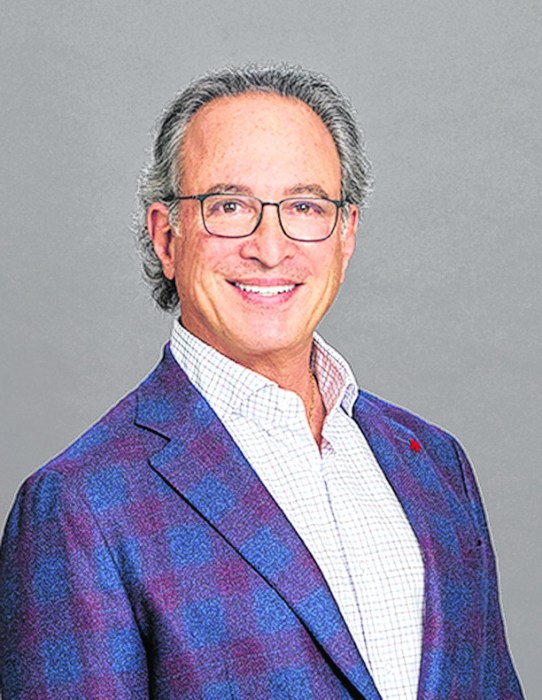An Education No-Brainer
Could you imagine if, tomorrow, school districts across New York State had to absorb more than 400,000 new students? Or picture your local school enrolling hundreds of new students and the effect it would have on class sizes, let alone our ability to provide books and materials, desks and lockers. Our current facilities could in no way withstand that kind of blow. In each district, new schools would have to be immediately built and hundreds of teachers, aides, and support staff would have to be hired. With the average cost to educate a student in New York at over $20,000 annually, you could bet our already sky-high school taxes would zoom to astronomical levels.
It’s a frightening scenario but regrettably, one that is slowly coming to fruition as more than 100,000 New York students have transferred from private to public schools in the last 15 years alone. The reasons are obvious. In these difficult times, more and more families cannot afford to pay school taxes and tuition simultaneously so they make the common-sense choice for public schools. Unfortunately, the impact to our already stretched school districts has been significant, especially in our poorest neighborhoods. Those least able to absorb the effects of the economic downturn are those who can least afford yet another blow to their children’s education.
So what are our options? How do we protect our public schools and their precious resources but somehow manage to keep private and faith-based schools a viable alternative?
One option is the Education Investment Incentives Act. The bill, sponsored by Senator Golden (R-Brooklyn) and Assemblyman Cusick (D-Staten Island), would harness the private sector to assist with both public and private education by allowing a dollar-for-dollar credit up to 75 per cent of tax liability against New York personal income, corporate franchise, bank and insurance taxes for donations to education-related entities. The objective is to increase charitable donations from individuals and businesses for both public and private education by up to $300 million.
This straightforward approach works because it makes investing in education an attractive option for would-be donors. It encourages charitable giving to individual public schools, school districts, and non-profit community-based organizations that operate pre-kindergarten programs, provide visual arts, music, tutoring, college and career readiness, or other instruction during or after-school. It also allows for charitable donations to non-profit organizations that provide scholarships for students to attend a non-public school that best meets their needs. Those donations would be used as tuition assistance for low-income and working-poor families struggling to make ends meet. The legislation even implements a long-overdue $100 tax credit for any teachers and school personnel who purchase classroom supplies and materials. If you know a teacher personally, you know that they’re always digging into their own pockets for the kids in their classroom.
Clearly, the state has an interest in every child receiving a quality education, but we all agree that maintaining viable private and faith-based schools cannot come at the expense of our public schools. That’s why this private donation initiative works. It preserves public resources while giving all of the state’s children equal access to private generosity.
You know legislation is a no-brainer when it has true bipartisan support in Albany and this one does. My colleagues in the State Senate and I have passed the Education Investment Incentives Act on two occasions with overwhelming bipartisan support. In the Assembly, 106 of the chamber’s 150 members have co-sponsored the bill. Now all we need is Governor Cuomo’s support and more than any governor in recent history, he responds to you.
Let’s put our money where our mouths are by more fully committing ourselves to those individuals and institutions that are committed to our children, regardless of where learning takes place. This is just one of the ways we can begin.


































